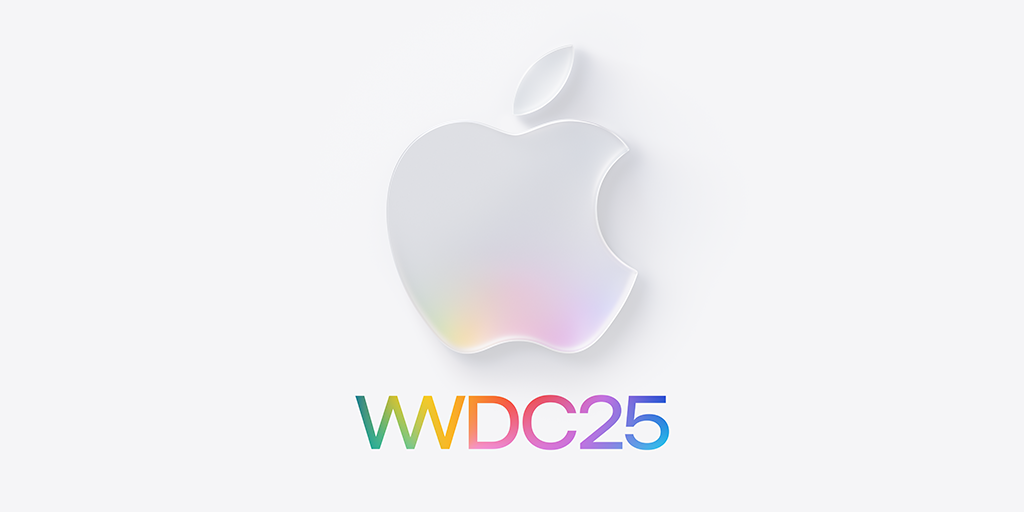Rates Spark: U.S. Treasuries Primed To React
The U.S. Treasury yield curve, a barometer of market sentiment and economic health, has entered a critical phase in early 2025. With short-term rates surpassing long-term yields—a phenomenon known as an inverted yield curve—investors are bracing for potential volatility in bond markets. This inversion, driven by Federal Reserve policy and shifting economic fundamentals, has sparked debates about recession risks, Fed rate cuts, and the outlook for fixed-income assets.
Ask Aime: What's next for the U.S. Treasury yield curve?

The Inversion Explained
As of April 2025, the 2-year Treasury yield stood at 3.74%, while the 10-year yield hovered at 4.29%, marking an inversion of the 10-2 year spread (-0.55%). Historically, such inversions have preceded recessions, with an average lead time of 11 months. However, the relationship is not deterministic. The last inversion in late 2022–early 2024 did not trigger an immediate downturn, underscoring the complexity of interpreting these signals.
Ask Aime: What impact will the inverted yield curve have on fixed-income assets in 2025?
The inversion reflects a disconnect between short-term optimism and long-term pessimism. Markets are pricing in the Fed’s gradual rate cuts—projected to fall to 3.4% by 2026—while growth risks, including a Q1 2025 GDP contraction (-0.3% annualized), weigh on long-term yields.
Fed Policy: Patience, but Not for Long
The Federal Reserve’s stance remains a focal point. At its May 2025 meeting, the Fed held rates steady at 4.25%–4.50%, opting to wait for clearer data amid trade policy uncertainties. However, markets are pricing in a June rate cut, with the CME FedWatch Tool assigning an 80% probability to a reduction by year-end.
Fed Chair Jerome Powell emphasized the central bank’s “data-dependent” approach, citing persistent inflation (core PCE at 2.6% in March . While the labor market remains resilient (unemployment at 4.1%), the Fed’s projections now factor in fiscal headwinds, including expiring tax cuts and rising deficits.
Inflation: The Lingering Wildcard
Despite progress, inflation remains above the Fed’s 2% target. Core PCE, excluding housing, is expected to fall to 2.0% by 2026, but near-term risks persist. Food prices surged to a 17-month high in March 2025 due to avian flu-related supply shocks, while housing costs continue to moderate.
The Fed’s challenge lies in balancing inflation reduction with avoiding a sharp economic slowdown. A prolonged inversion could force the central bank to pivot faster than currently projected, potentially spurring a rally in long-dated Treasuries.
Investment Implications
For bond investors, the inverted curve presents both risks and opportunities:
1. Duration Risk: Short-term Treasuries (e.g., 2-year notes) may outperform as Fed cuts materialize, while long-dated bonds (e.g., 30-year notes at 4.74%) face uncertainty tied to growth expectations.
2. Curve Flattening Plays: Strategies betting on the yield curve steepening—such as buying short-dated bonds and selling long-dated ones—could benefit if the Fed cuts rates aggressively.
3. Credit Spreads: Corporate bonds with solid fundamentals may outperform Treasuries, but widening spreads in lower-rated debt could signal broader financial stress.
Conclusion
The U.S. Treasury market in early 2025 is at a crossroads. The inverted yield curve, while historically ominous, is now intertwined with expectations of Fed easing and a still-resilient economy. Investors must weigh the likelihood of a recession against the potential for rate cuts to stabilize markets.
Key data points reinforce this duality:
- Fed Funds Rate Projections: Median path to 3.4% by 2026, signaling gradual easing.
- GDP and Inflation: A Q1 contraction (-0.3%) versus core PCE at 2.6%, indicating mixed signals.
- Yield Curve Dynamics: The 10-2 year inversion (-0.55%) versus the Fed’s inflation tolerance threshold (2.0% PCE).
For now, Treasuries remain a defensive haven, but their path forward hinges on the Fed’s next move and whether the economy can avoid a sharper slowdown. As markets parse these signals, the yield curve will continue to spark debate—and drive investment decisions.



_e45148e31749146201654.jpeg)






